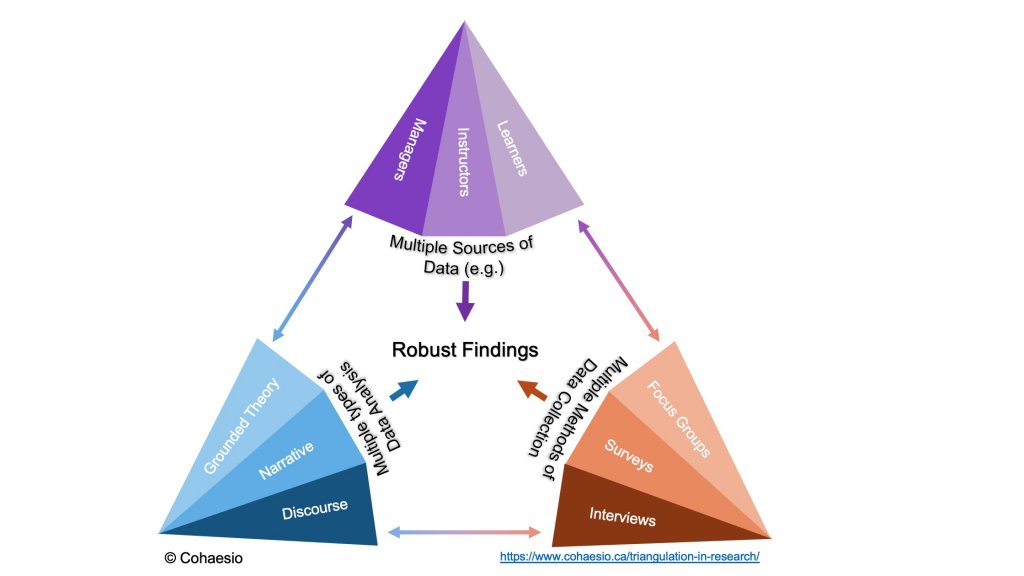Wire Compound And Cable Compound Market Size & CAGR
The Wire Compound And Cable Compound market is projected to reach a market size of USD 10.2 billion by 2023, with a Compound Annual Growth Rate (CAGR) of 5.8% during the forecast period from 2023 to 2030. The market is expected to experience steady growth due to the increasing demand for wire and cable compounds in various industries, including automotive, electrical, and telecommunications.
COVID-19 Impact on the Wire Compound And Cable Compound Market
The COVID-19 pandemic has had a significant impact on the Wire Compound And Cable Compound market. The disruption in supply chains, reduced manufacturing activities, and decline in consumer demand have affected the market growth. However, the market is expected to recover gradually as industries resume operations and demand for wire and cable compounds increases.
Wire Compound And Cable Compound Market Dynamics
Segments and Related Analysis of the Wire Compound And Cable Compound Market
The Wire Compound And Cable Compound market can be segmented based on product type, application, end-user, and technology. The key segments include PVC compounds, XLPE compounds, rubber compounds, and others. These compounds are used in various applications such as power cables, communication cables, automotive cables, and others. The market dynamics of each segment vary based on factors like technological advancements, regulatory requirements, and industry demand.
Wire Compound And Cable Compound Market Analysis Report by Region
Asia Pacific Wire Compound And Cable Compound Market Report
The Asia Pacific region dominates the Wire Compound And Cable Compound market, driven by rapid industrialization, infrastructure development, and increasing investments in the automotive and electrical sectors. China, Japan, and India are the key markets in this region, with a high demand for wire and cable compounds for various applications.
South America Wire Compound And Cable Compound Market Report
South America has shown steady growth in the Wire Compound And Cable Compound market due to the expansion of the telecommunications industry, increasing investments in renewable energy projects, and infrastructure development. Countries like Brazil and Argentina are key markets in this region, driving the demand for wire and cable compounds.
North America Wire Compound And Cable Compound Market Report
North America is a mature market for Wire Compound And Cable Compound, with the United States leading in terms of consumption and production. The region is witnessing technological advancements in cable manufacturing, increasing demand for high-performance compounds, and strict regulatory requirements for insulation and fire safety standards.
Europe Wire Compound And Cable Compound Market Report
Europe is a significant market for Wire Compound And Cable Compound, driven by the automotive industry, renewable energy projects, and infrastructure development. Countries like Germany, France, and the United Kingdom are key players in this region, driving innovation and demand for high-quality wire and cable compounds.
Middle East and Africa Wire Compound And Cable Compound Market Report
The Middle East and Africa region are experiencing growth in the Wire Compound And Cable Compound market due to increasing investments in the oil and gas industry, infrastructure projects, and urbanization. Countries like Saudi Arabia, UAE, and South Africa are key markets in this region, driving the demand for wire and cable compounds for various applications.
Wire Compound And Cable Compound Market Analysis Report by Technology
The Wire Compound And Cable Compound market utilize technologies such as PVC extrusion, cross-linking, compounding, and polymer blending. These technologies play a crucial role in manufacturing high-performance wire and cable compounds that meet industry standards for insulation, fire resistance, and durability.
Wire Compound And Cable Compound Market Analysis Report by Product
The Wire Compound And Cable Compound market offer a range of products including PVC compounds, XLPE compounds, rubber compounds, and specialty compounds. These products cater to diverse applications in the automotive, electrical, and telecommunication industries, providing insulation, mechanical strength, and environmental protection for cables.
Wire Compound And Cable Compound Market Analysis Report by Application
The Wire Compound And Cable Compound market applications include power cables, communication cables, automotive cables, and others. Each application has specific requirements for wire and cable compounds in terms of insulation, temperature resistance, flexibility, and environmental factors. The market analysis focuses on the demand and trends in each application segment.
Wire Compound And Cable Compound Market Analysis Report by End-User
The Wire Compound And Cable Compound market serve various end-users such as energy, construction, automotive, telecommunications, and others. Each end-user segment has unique requirements for wire and cable compounds based on industry standards, regulations, and performance criteria. The market analysis provides insights into the demand and growth opportunities in each end-user segment.
Key Growth Drivers and Key Market Players of Wire Compound And Cable Compound Market and Competitive Landscape
Some of the key market players in the Wire Compound And Cable Compound market include:
- Company A
- Company B
- Company C
- Company D
These companies are leading in the market due to their innovative products, strong distribution networks, and strategic partnerships. The key growth drivers for the market include increasing investments in infrastructure projects, rising demand for high-performance cables, and technological advancements in wire and cable manufacturing.
Wire Compound And Cable Compound Market Trends and Future Forecast
The Wire Compound And Cable Compound market is witnessing trends such as sustainability, digitalization, and product innovations. Manufacturers are focusing on developing eco-friendly compounds, implementing digital technologies for production and distribution, and introducing new formulations for improved cable performance. The future forecast for the market indicates continued growth, driven by urbanization, industrialization, and technological advancements in the wire and cable industry.
Recent Happenings in the Wire Compound And Cable Compound Market
Recent developments in the Wire Compound And Cable Compound market include:
- Company X launched a new PVC compound with enhanced fire resistance properties.
- Company Y signed a partnership agreement with a key distributor to expand its market reach.
- Company Z announced a merger with a leading cable manufacturer to strengthen its product portfolio.
These recent happenings reflect the dynamic nature of the Wire Compound And Cable Compound market, with companies focusing on innovation, partnerships, and strategic growth initiatives to stay competitive in the industry.



